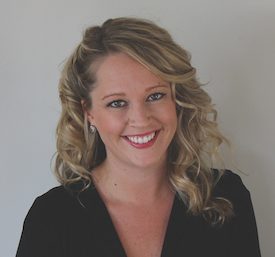Reverse mortgages are finding some traction abroad as more countries adopt and tweak equity-release programs designed to allow seniors to access their home’s equity.
Recently, the tiny Mediterranean island of Malta, home to just 460,000 residents, announced the pending launch of an equity-release program that will enable retirees to liquidate a portion of their home’s equity in order to age in place.
According to the Times of Malta, licensed credit and financial institutions will begin offering reverse mortgages on Sept. 1, 2019, and the government is currently working to put the proper framework in place.
And, Hong Kong just announced plans to tweak its program, which was first launched in 2011.
In a move designed to make its program more useful to its seniors, the government-owned Hong Kong Mortgage Corporation is adjusting the rules so that borrowers can lease their properties in order to relocate, the South China Post reported.
The chief executive of the HKMC said the new rule will enable retirees to move in with their children, move to a nursing home or relocate to the island’s Greater Bay Area, where living is cheaper, without defaulting on their loan. By expanding the terms of the loan, borrowers can access their equity to finance their retirement years, even if the circumstances mean that remaining in their homes is no longer ideal.
The developments in Malta and Hong Kong highlight the fact that policymakers across cultures find value in the basic concept of a reverse mortgage, which is to enable older homeowners to access this source of wealth in order to support themselves in their later years.
And, it seems that lawmakers recognize the potential solution equity access presents as the global population continues to age.
Of course, a number of countries around the globe have reverse mortgage-like programs, some of which are faring better than others.
In Australia, for example, a report released last fall expressed concern over the lack of competition in the space, which had lenders failing to properly protect borrowers’ interests, creating the potential for unfair practices.
But despite the small size of the current lender pool, the Australian government discussed plans last summer plans to budget for all citizens over 66 to take a reverse mortgage as part of a larger plan to help older homeowners age in place.
In Canada, reverse mortgages have realized notable interest from homeowners, as the industry closed out 2018 up 31% year over year. Since 1986, HomEquity Bank's CHIP reverse mortgage was the only product on the market, but now another player, Equitable Bank, decided it wanted a piece of the action and launched its own program to help Canada’s Baby Boomers in British Columbia, Alberta and Ontario.
Meanwhile, the U.S.’ reverse mortgage program can’t seem to regain its footing since the Federal Housing Administration imposed new guidelines in the fall of 2017 that has sent volume plummeting.
Still, U.S. reverse mortgage lenders push on, with a number of them now selling proprietary reverse mortgage products that are not bound by government regulations.
While no industry-wide data tracking the uptake of these privately funded loans currently exists, several lenders report a growing interest in these alternatives as U.S. homeowners seek to use their home’s equity to age in place.





